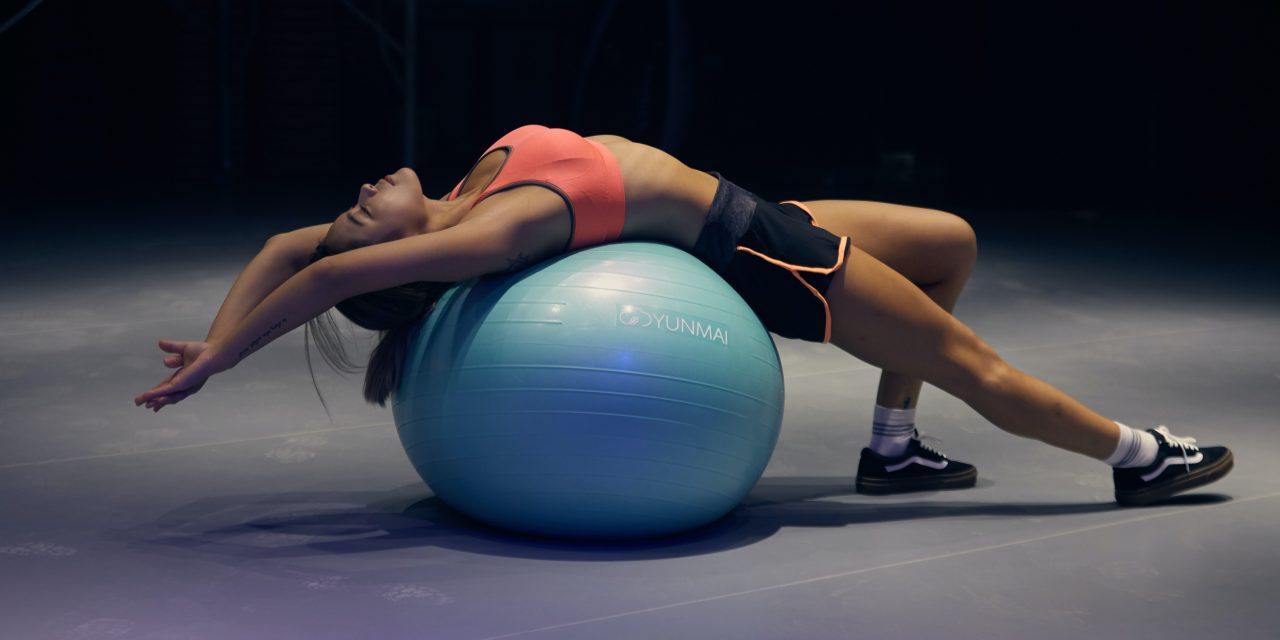Staying in shape has such a benefit to your quality of life and life expectancy that there are now life insurance policies that offer a discount for people who meet certain fitness goals. The Insurance Hero platform makes plans like these easy to find, in case you want to learn more. And if you are looking to start exercising to get in shape and reap the benefits, this guide will cover some tips beginners should follow to prevent injuries when exercising.
1 – Warm up and cool down
There are plenty of guides on how to properly warm up and cool down your body out there, and they are worth a read. Not only does properly warming up and cooling down your body prevent injuries, but it can also improve performance and boost the results of your workout, making both activities as important and useful as the workout itself.
Warming up — as you’re probably aware — involves engaging in light activity to raise your heart rate and get your body ready for the activity to come. Cooling down, on the other hand, involves keeping your body moving while your heart rate comes down after an intense workout.
The idea is that if you go from full-speed running to standing still with nothing in between, your elevated heart rate will put unnecessary stress on your cardiovascular system. So instead of standing still right away, you do some activity to keep your body moving until your heart rate gets closer to normal.
2 – Stretch
Stretching, like warming up, can both prevent injuries and improve your performance. There are two principles to keep in mind when it comes to stretching your body. First, you shouldn’t do it while your body is cold, so warm it up first. You’re more flexible while warm, which helps you stretch better and reduces the chances that you’ll pull something while stretching.
The second principle is that you should make sure you stretch the muscles you’re going to use. So if you’re going to run, for example, you should stretch not only your legs and arms but also your hips and calves. Look for stretching guides made with your chosen exercise in mind.
3 – Use the right equipment
Gloves can prevent hand injuries, proper footwear can prevent slips and tumbles, and using the right clothes can both prevent rashes and make you more comfortable. Clothing and equipment can do wonders for your safety, so make sure you use the right gear. Getting guidance from a personal trainer or a friend with experience can be very useful in this area.
4 – Learn the correct form
Even when it comes to a sport as simple as running, how you move and how your feet hit the ground can change what muscle groups you’re stressing, and how your body absorbs impacts. So it’s very helpful to have a personal trainer watch your form when getting into a new exercise routine, so they can correct any mistakes you may be making. If that’s not an option, try recording yourself during the activity, so you can check the recording for issues later.
It’s a simple trick, but you can notice a lot more when watching yourself do something from a third-person perspective.
5 – Rest
Beginners are much more likely to work themselves too hard, but resting is as much a part of fitness as the exercise themselves. Give your body time to recover in between workouts, and keep an eye out for signs of overworking, such as trouble sleeping, decreased performance, and mood swings.











